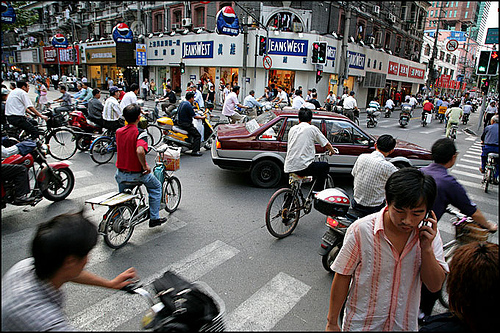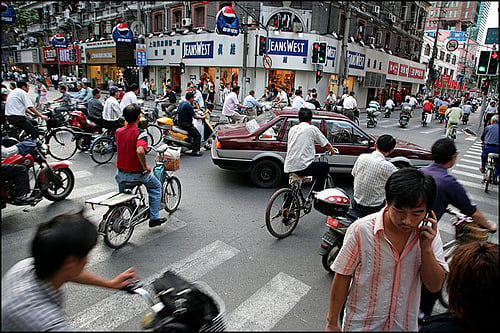Watching China Change

Over the last twenty years I have spent a lot of time in China, in the 1990’s, when working for various international chains and in 2006 when I founded my own factory in Shenzhen China. In that time I’ve seen China, in both the major cities like Beijing and Shanghai and the Special Economic Zones explode in terms of size and infrastructure.
The first time I visited Shanghai was February 8, 1994. I was there to participate in a massive goods exhibition. Shanghai has always been a bustling and cosmopolitan city. The area, at the mouth of the Yangtze River, has been populated since the 5 century CE and was an important trade city and port by the early 1400s. It was opened to foreign trade by the British in 1842 after the Opium Wars, and by 1936 was one of the largest cities in the world and the financial hub of the Asia Pacific. Though its importance was curtailed by the Japanese occupation and the Communist Party by 1994, when I first came to China, Shanghai was entering a period of redevelopment.
Photo credit to Maciej Dakowicz
The most obvious example of this redevelopment is in how transportation in the city has changed. In those first few years, from 1994 to 1997, traffic was made up mostly of thousands of bicycles with a few cars sprinkled in on the roads and on the highways. It wasn’t until 1995 that I even saw a traffic light – before that all the traffic was directed by real live traffic police. Now cars are more common than they were though Shanghai boasts impressive systems of public transportation – with buses, subway lines and light railways. It’s exciting to see this type of development, but at the same time it’s a little sad to remember what’s been lost. When I first came to Shanghai people seemed much more relaxed – you would see people hanging out on corners, playing board games or mahjong.
In addition to living in Shanghai I’ve spent a large amount of time in Shenzhen one of China’s Special Economic Zones. The Special Economic Zones were established in 1979 and Shenzhen has since become the center of global manufacturing. This economic boom lead to a huge increase in population as Chinese citizens living in the rural country moved to Shenzhen to take manufacturing jobs. In 30 years the population has gone from 300,000 to 14 million today. As China moves from rural to urban it will be interesting to see how increasing infrastructure and capitalist pressures change the culture.


